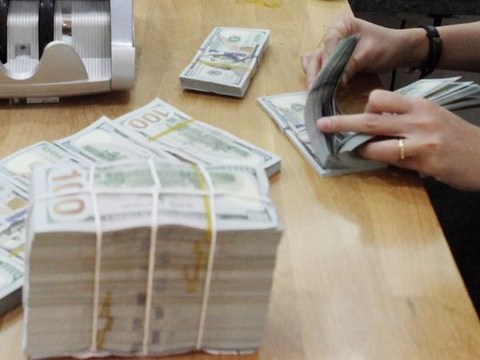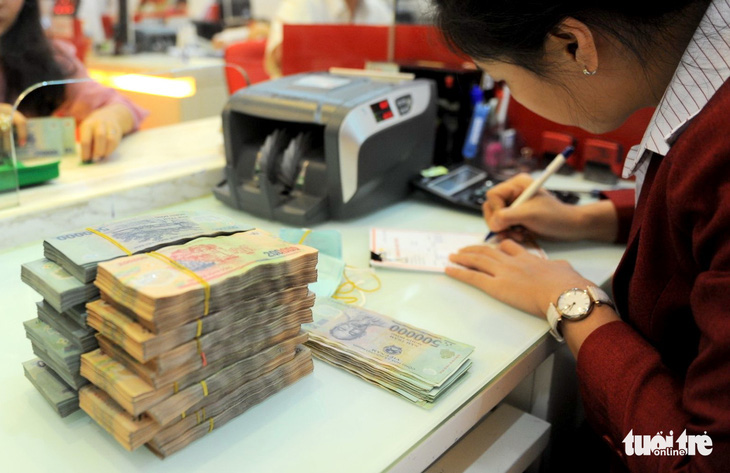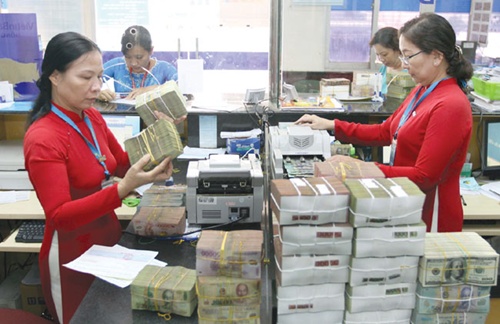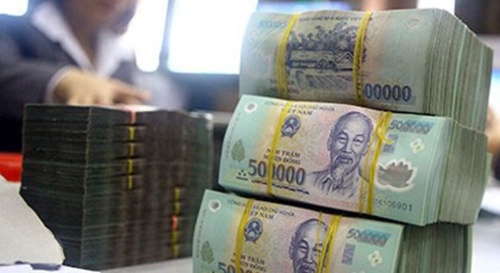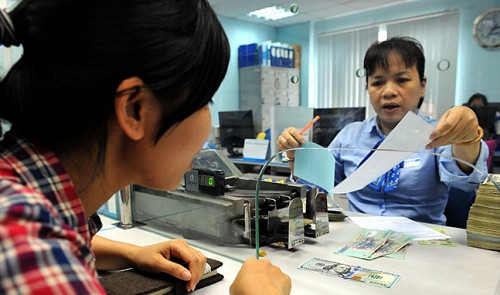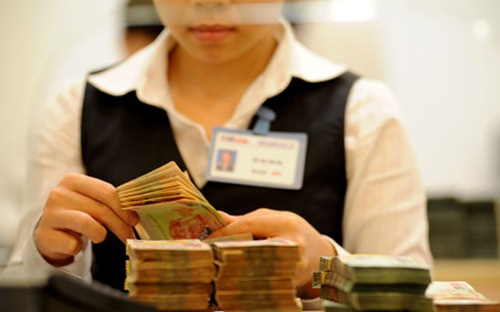Vietnam 'BB-/B' sovereign credit ratings affirmed; outlook stable
Vietnam 'BB-/B' sovereign credit ratings affirmed; outlook stable
OVERVIEW
Vietnam's low-income economy, underdeveloped monetary framework and evolving institutions, are weighed against improving external indicators, including moderate external indebtedness.
We are affirming our 'BB-' long-term and 'B' short-term sovereign credit ratings on Vietnam. The stable outlook balances expectations of continued macroeconomic consolidation against risks of policy missteps.
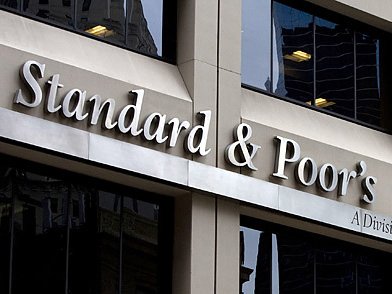
RATING ACTION
On June 26, 2014, Standard & Poor's Ratings Services affirmed its 'BB-' long-term and 'B' short-term sovereign credit ratings on the Socialist Republic of Vietnam. The outlook on the long-term rating is stable. We also affirmed our issue ratings on Vietnam's debt and our 'axBB+' long-term and 'axB' short-term ASEAN regional scale rating on Vietnam. The transfer and convertibility (T&C) assessment remains 'BB-'.
RATIONALE
The ratings on Vietnam reflect the country's low-income economy, underdeveloped monetary framework and capital markets, and the risks posed by an evolving policy and institutional setting that has not kept pace with the economy's structural transformation. Vietnam's strengthening external profile, with its rising foreign exchange reserves and modest net narrow external debt, supports the rating.
Vietnam's low average income, which we project at US$2,149 in 2014, is a key constraint for the rating. We believe this income level affords Vietnam lower fiscal and monetary policy flexibility than sovereigns with greater average incomes. This suggests Vietnam has a commensurately lower capacity to respond to economic shocks and to take drastic measures to avoid default.
Nevertheless, Vietnam's growth potential is robust, given an export manufacturing sector that is well-diversified and increasingly oriented toward higher value-added goods, a rising share of services and manufacturing in economic output, and the growth of the private sector. We project Vietnam to reach lower middle-income status by 2017, with a per capita GDP exceeding US$3,000.
The current, relatively subdued pace of growth reflects a policy choice that prioritizes economic stability while allowing time to reform the weak banking sector and inefficient state-owned companies. The prevailing weak domestic consumption and investment are a reflection of this adjustment period. We project real per capita GDP growth to average 5% for 2014-2017, somewhat below potential and recent historical trends.
Although stabilization measures undertaken over the past two years have dampened growth, they have also restored macroeconomic stability, resulting in relatively low and stable inflation, higher confidence in the local currency, and a much improved external liquidity. This has boosted the perception of policy credibility, despite economic management and policymaking lagging behind the economy's large-scale transformation over the past two decades.
Policymaking is highly centralized and opaque, while implementation tends to rely on directives instead of market mechanisms. The inherent conflict in maintaining a significant role for the state in the economy while striving for greater efficiency and productivity, which only a market economy offers, hinders the development of policymaking and economic management. These institutional shortcomings harbor the possibility that sovereign credit metrics could deteriorate when changing economic conditions are not countered by timely and effective responses.
Although Vietnam recently reined in its inflation, its monetary policy framework is weak by international standards and acts as a rating constraint. The central bank does not pursue its own medium- or long-term inflation objective. It lacks independence and is effectively a policy arm of the government in charge of implementing directives based on the National Assembly's economic targets. Lack of transparency and institutional capacity also limit the central bank's effectiveness. The absence of policy tools and the underdeveloped state of financial markets hampers the monetary transmission mechanism. Policy rate movements have little or no real impact because the lending rate is based on cost of funds, which in turn is determined by the prevailing deposit rate caps. The use of rate caps as a means of influencing liquidity conditions and channeling credit to priority areas is prevalent but it distorts credit markets and blunts the transmission mechanism of official rates.
Vietnam's improving external liquidity and moderate foreign debt position supports its creditworthiness. The sovereign's external borrowings remain modest with low-cost debt and long maturity, and we project that gross external debt will decline to about 30% of GDP in the next three years. At the same time, we expect gross external financing needs will remain in a comfortable range of 80%-90% of the sum of current account receipts and usable reserves in this period. The favorable outlook for Vietnam's external profile is based on our expectation of little or no commercial external borrowing by the sovereign, along with continuing overall balance-of-payment surpluses, driven by net inflows of foreign direct investments of about 4% of GDP and a dynamic export sector. We expect exports to get a further boost from recent and pending free trade agreements.
OUTLOOK
The stable outlook on the ratings reflects our expectation that, over the next 12-18 months, Vietnam's policy stance will ensure macroeconomic stability, cementing the economic improvements and gains in policy credibility. The outlook also incorporates our expectations that the government's key reform objectives targeting the banking sector and state-owned enterprises will continue, and the risks and inefficiencies posed by these sectors will reduce.
We may lower the ratings if macroeconomic imbalances reemerge, with a marked deterioration in one or more key credit metrics.
We may raise the ratings if there are indications that Vietnam is able to generate per capita real GDP growth of more than 5.5% in the next five to 10 years without causing macroeconomic imbalances. We may also raise the ratings on signs of improved institutional and governance effectiveness, likely based on greater macroeconomic policy consistency and tangible progress in structural reforms.
Standard & Poor's




